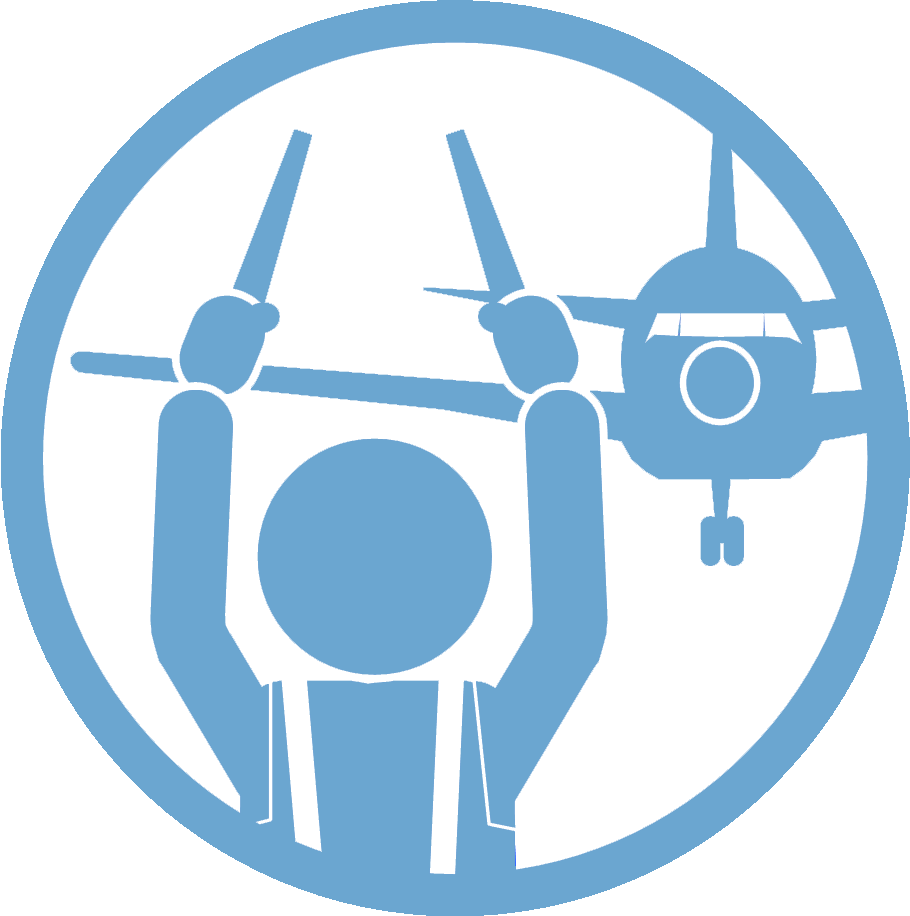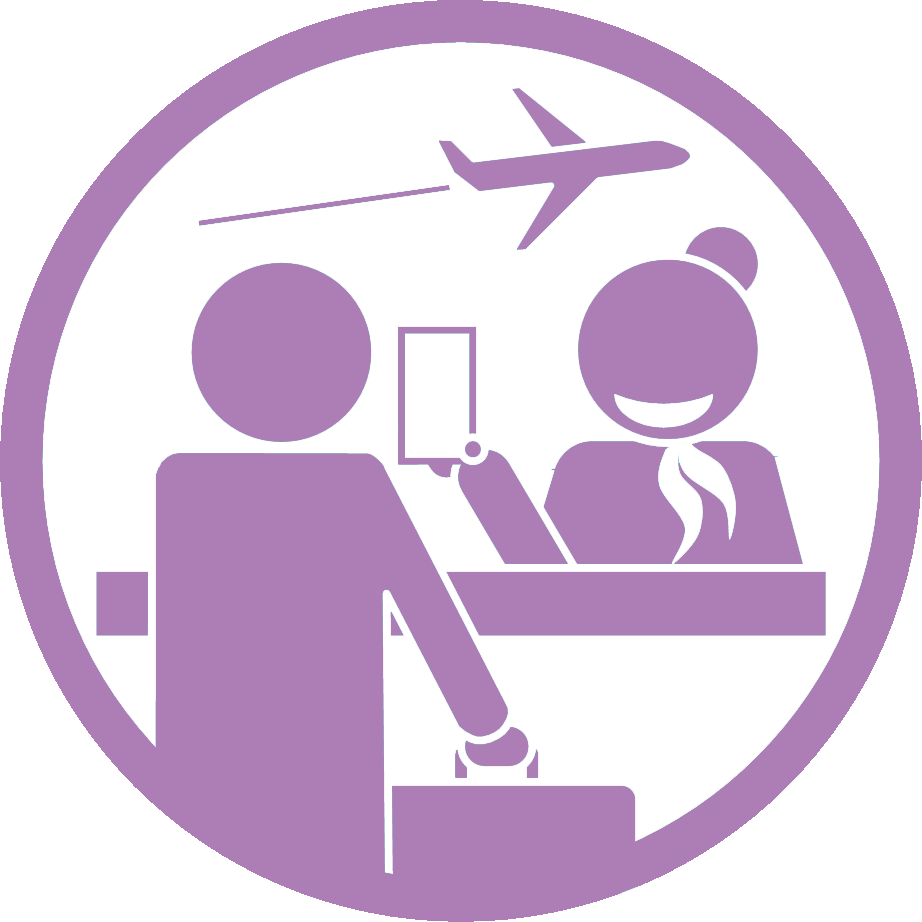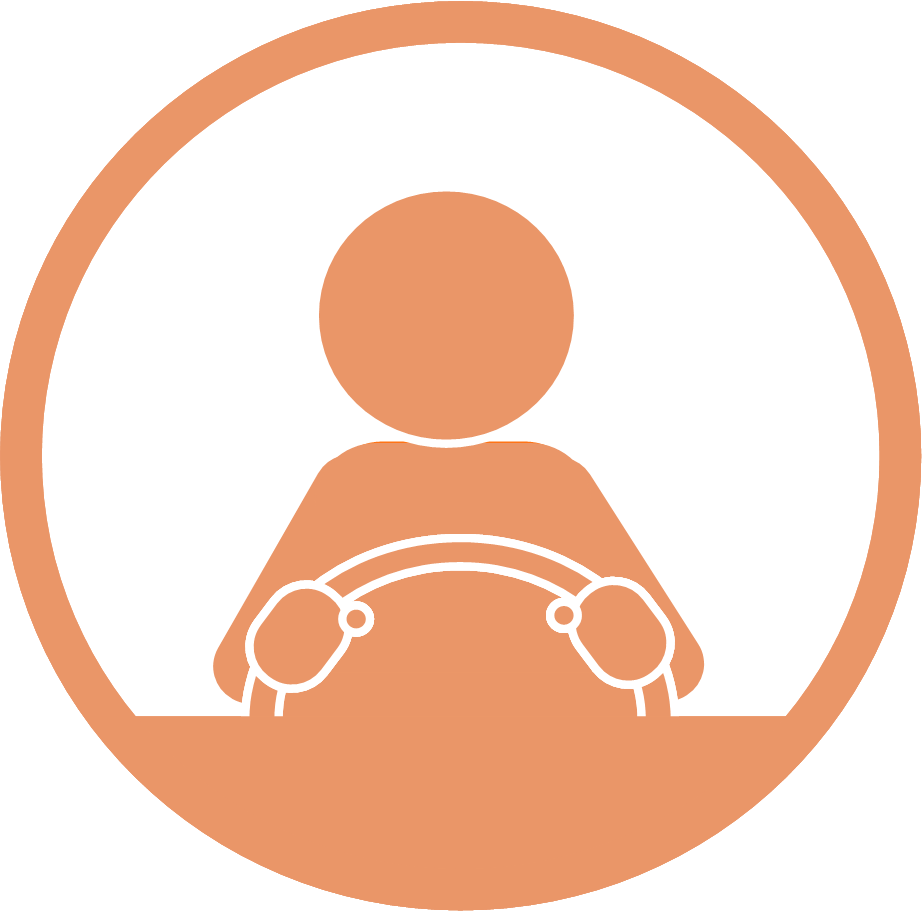
Ramp - Aircraft Handling and Loading
42 Training
IFMA offers all training related to ground handling assistance. From aircraft loading, whether bulk or mechanised, to the various ground assistance functions, find out about all the training courses offered.
Courses are available for initial or skills maintenance training.
All our practical training course begin with theoretical instruction and take place close to the aircraft allowing the trainees to acquire real operational skills.

Load Control / Traffic
6 Training
Find out about the courses enabling you to become a Load Controller / Traffic Agent or to maintain your skills.

Passenger Ground Services
6 Training
Essential training to enable you to receive your customers in the check-in and boarding areas.

Dangerous Goods Regulations
24 Training
We offer a complete range of training for the transport by air of Dangerous Goods.
These courses are all accredited and certified by IATA.
Categories 1 to 17 in Initial or Recurrent Training, including or excluding radioactive material (Class 7).
Regulatory references (latest update):
ICAO
- Annex 18
- Technical Instructions for the Safe Transport of Dangerous Goods by Air (Doc 9284 AN/905)
- Emergency Response Guidance for Aircraft Incidents Involving Dangerous Goods (Doc 9481 AN/928)
IATA
- Dangerous Goods Regulations (DGR)
EASA
- Commission Regulation (EU) No 965/2012 (amended) of 5 October 2012 (AIR-OPS)
DGAC / DSAC
AltMOC 2014-10-23 file (AIROPS-AMOC FR N°06 Amdt2 ORO.GEN.110 (j)) -- Alternative Means Of Compliance, for dangerous goods regulatory training

Security
10 Training
Required training for all airport staff to ensure compliance with European security regulations.

Safety
4 Training
Safety is the number one priority at IFMA. These training courses are essential to ensuring that safety becomes everyone’s responsibility.

Airport Driver's License
4 Training
Training to obtain a driver’s license for the Traffic or Manoeuvring Areas on the Paris Orly and Paris Charles de Gaulle airports.
Accredited by the French Civil Aviation Authority (DGAC).

Miscellaneous Training
8 Training
Find courses that will help you diversify and improve your skills, as well as regulatory trainings complying with the requirements of the Labor Code.







